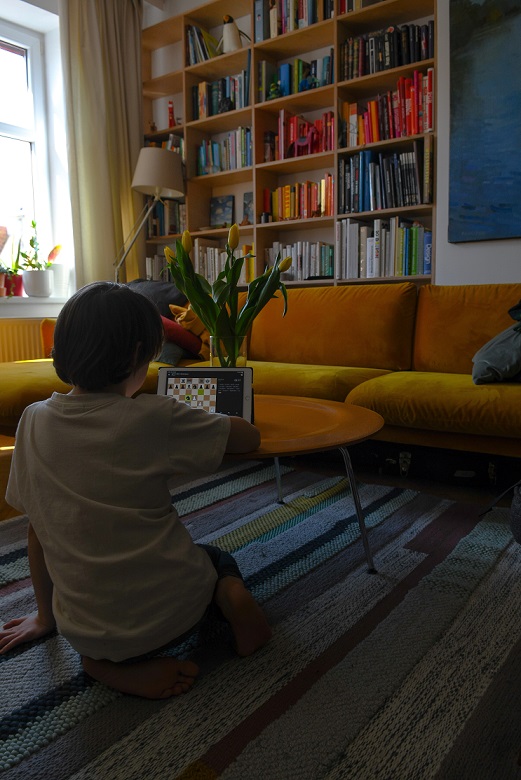Dozens of paper books or one tablet – what to choose for education?

The choice between dozens of paper books and one tablet for education depends on various factors and personal preferences. Here are some considerations to help you make an informed decision:
- Learning Style: If you are someone who learns best through physical interaction with books, such as writing notes, flipping through pages, and highlighting text, then physical books may be more suitable for you. The tactile experience of handling books can also help with memory and retention for some learners. On the other hand, if you prefer the convenience of digital features like search functionality, interactive multimedia, and the ability to easily annotate and organize notes, then a tablet with digital books may be a better fit for your learning style.
- Portability and Convenience: Carrying around multiple physical books can be bulky and heavy, especially if you need to transport them frequently, such as when commuting to school or studying in different locations. A tablet, on the other hand, is a lightweight and portable device that can store numerous digital books in one place, making it easy to carry around and access your entire library wherever you go. This can be particularly beneficial for students who are always on the move or have limited physical storage space.
- Cost and Accessibility: Purchasing dozens of paper books, especially textbooks, can be expensive, and the cost can add up quickly for multiple subjects or courses. In contrast, digital books are often more affordable, and there are many free or low-cost options available online. Additionally, tablets can provide access to a wide range of digital books from various sources, including libraries, online bookstores, and open educational resources, which can offer cost savings over time. Furthermore, tablets can also offer accessibility features such as text-to-speech, adjustable font sizes, and screen magnification, which can benefit students with visual impairments, dyslexia, or other learning needs, making digital books more accessible for a wider range of learners.
- Environmental Impact: Paper production has environmental implications, such as deforestation and energy consumption, while digital books do not require paper usage. By using a tablet with digital books, you can contribute to reducing the environmental impact associated with paper production and transportation of physical books.
- Durability and Longevity: Physical books, when properly cared for, can last for many years and can be passed down or resold. Tablets, on the other hand, are electronic devices that can be more prone to wear and tear, and may require replacement or upgrades over time. It’s important to consider the durability and longevity of both options when making your decision, as tablets may require additional costs for repairs or replacements.
- Curriculum Requirements: Depending on the educational program or curriculum you are following, there may be specific requirements or recommendations for using either physical books or tablets. Some schools or courses may mandate the use of certain textbooks or provide digital resources that are only accessible through a tablet or other electronic device. It’s crucial to check with your educational institution or instructors to understand any guidelines or preferences they may have.
In summary, the decision between dozens of paper books and one tablet for education should take into consideration your learning style, portability needs, cost and accessibility considerations, environmental impact, durability and longevity, as well as any curriculum requirements. It’s essential to carefully weigh the pros and cons of both options and choose the one that aligns with your individual preferences, learning needs, and educational requirements.

